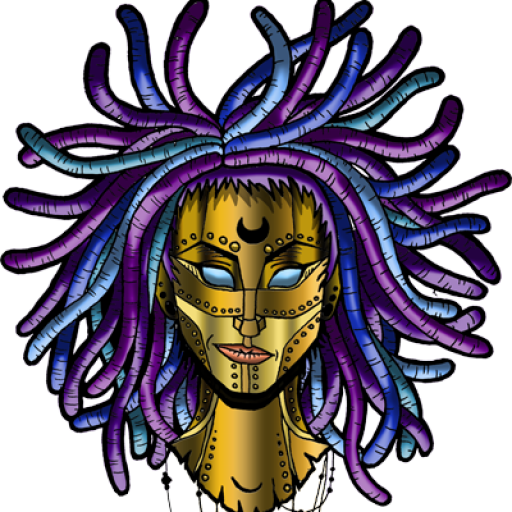
Of all the techniques for maintenance that there are out there, separating is one of two of the most important things you can (and should!) be doing for your locks! It is also referred to as ‘ripping’, ‘popping’, or ‘tearing’. As you should, by now, know dreadlocks are really just purposefully knotted hair. Over time, the knots creating during placement become more and more established turning into dreadlocks. (The other most important thing is washing your dreadlocks!)
However, over time, your dreadlocks may try to grow together creating what is commonly called a ‘congo’, or sometimes a ‘marriage’. We joke with our clients that it is simply your dreadlocks getting ‘a little too friendly with one another’! Human hair, as it turns out, grows in cycles. That is to say that just as we are constantly losing hair (100 strands per day on average, which isn’t too much when you consider that the average human has 100,000 hairs on their entire head!) we are constantly growing new hair. That’s why we end up having to separate dreadlocks and sometimes use other maintenance methods to encourage that new, shorter growth to lock into our existing dreadlocks. This is the source of the ‘lion’s mane’ appearance that many dreadheads are so fond of.

Separating the dreadlocks means making sure that none of these newer, shorter hairs are trying to lock into dreadlocks where they don’t belong. While a few hairs here and there isn’t a huge deal, ultimately those few hairs turn into a web of hair which turns into one giant mega-dread that was one two (or more). (See photo above)
The most commonly utilized method for separating dreadlocks involves simply grabbing two adjacent dreadlocks and pulling in two opposite directions. I am not a fan of this method personally. Although it does have a place (especially in extreme cases like in the photo above) where there is a LOT of hair that needs to be separated, it is usually not enough alone to get the job done properly. What often happens with this technique is that you will end up still having a web of hair still attached at your scalp. As discussed previously, that web, however, can quickly turn into a full-blown congo.
The way we much prefer to separate not only our own dreadlocks but also the dreadlocks of our clients, is to feed my finger along all of the section lines (and over time you do become intimately acquianted with the layout of your dreadlocks and sections fairly quickly to be able to do this). If we feel any hair that is crossing over into the wrong section we hook a finger between the bare scalp and the offending hairs and pull outward AWAY from the scalp. This prevents stubborn, persistent webbing altogether!
There are some folks in the natural dreadlocking community that don’t even like to separate their dreadlocks. That is always an option, but it is important to keep tabs on what kinds of crazy things your dreadlocks are doing. Although having crazy congoes can be fun, sometimes they can be painful if grabbing hair from too large or too-oddly shapen a section. Never separating at all usually leaves you with a “beavertail”. And that’s just kinda gross… there’s no possible way to keep that clean!!!
